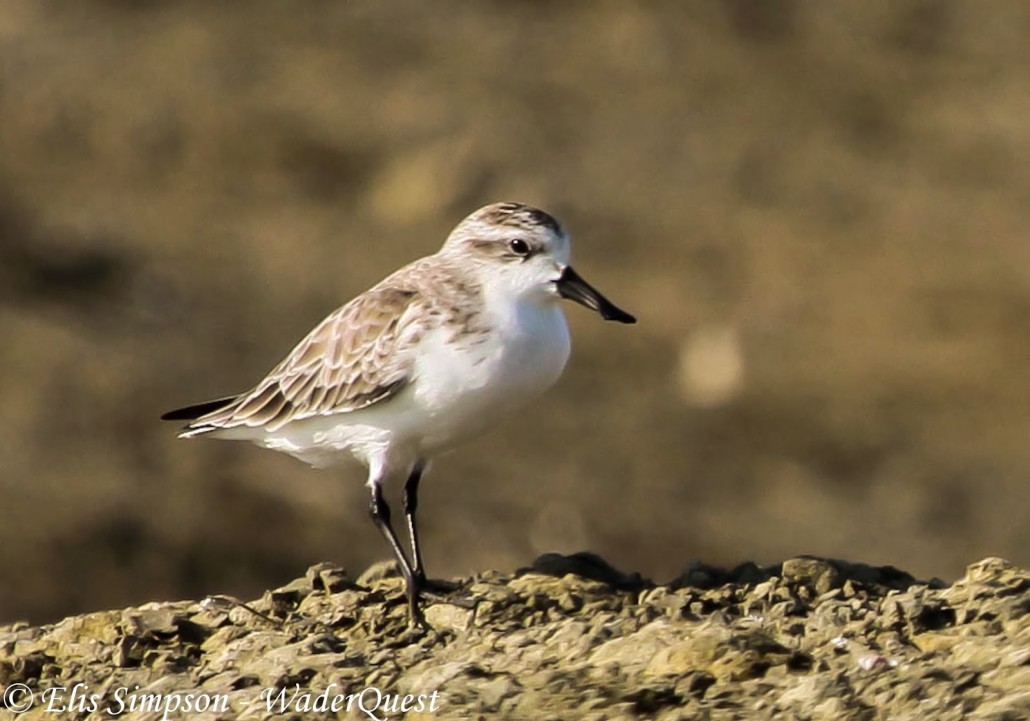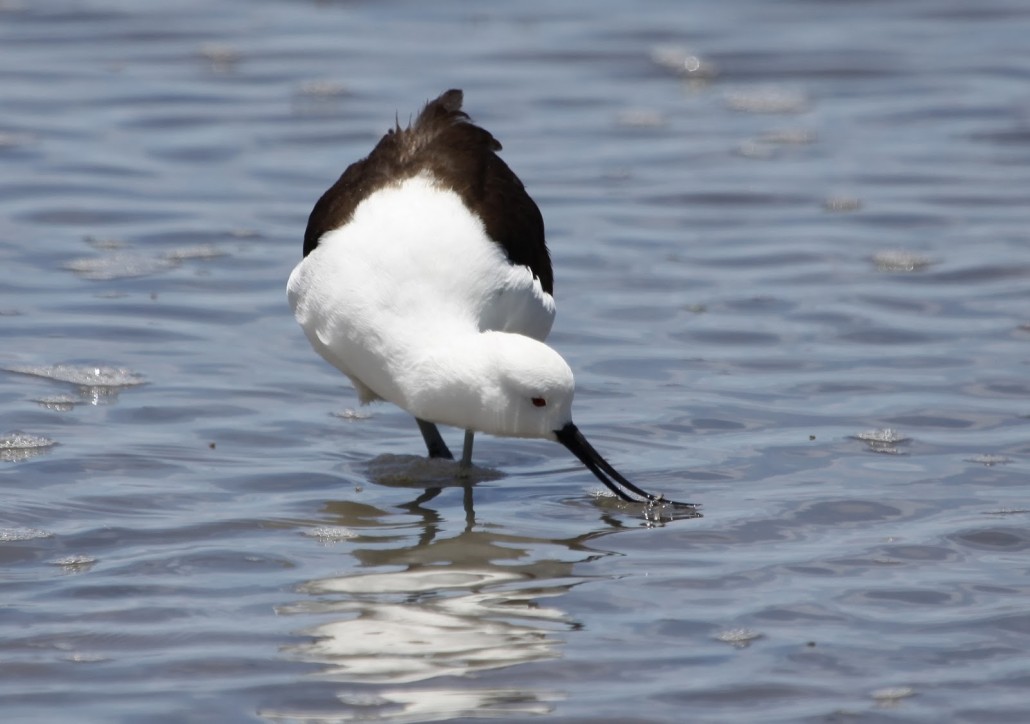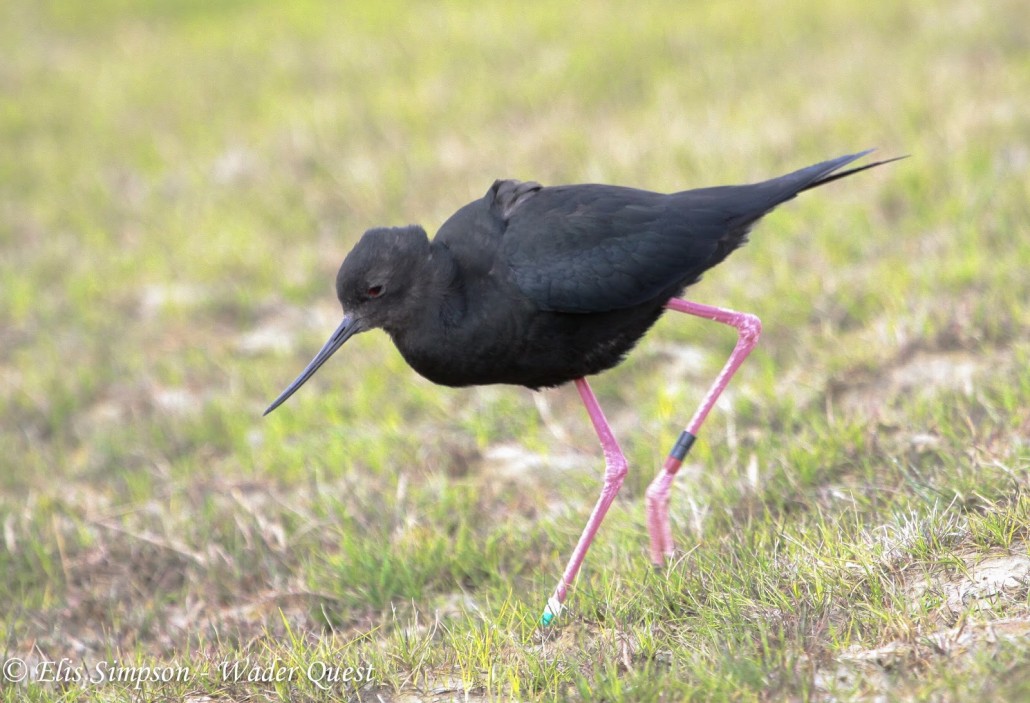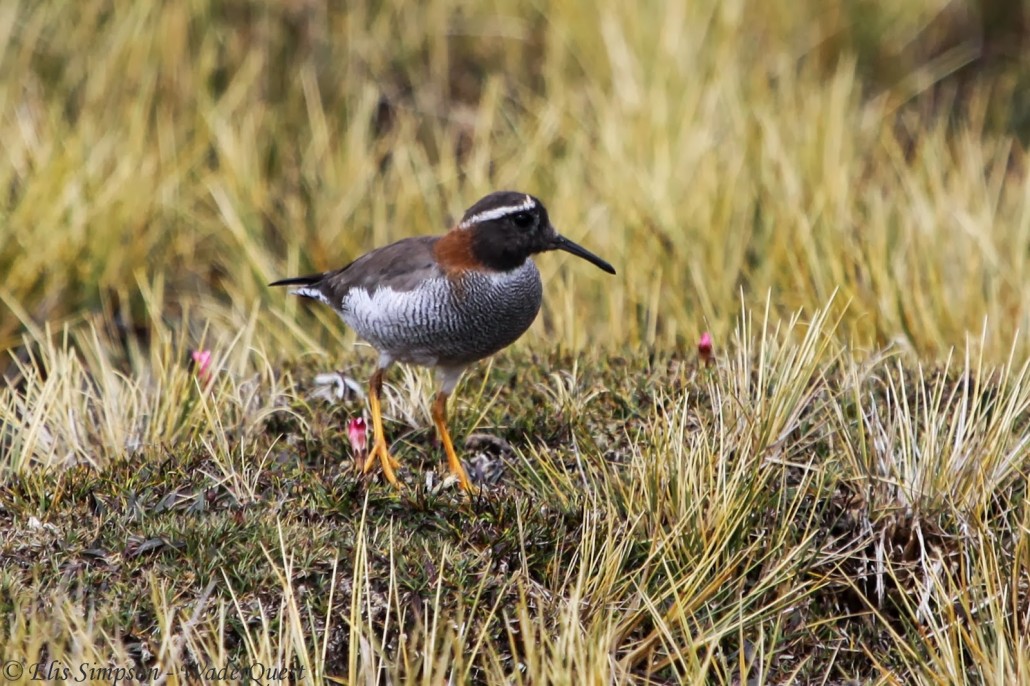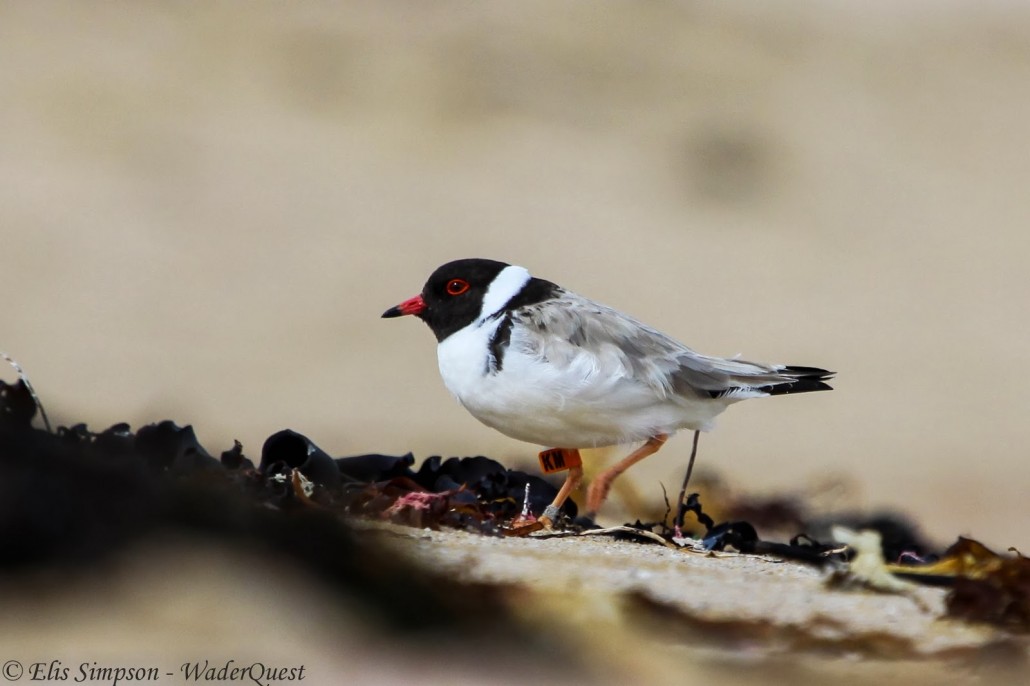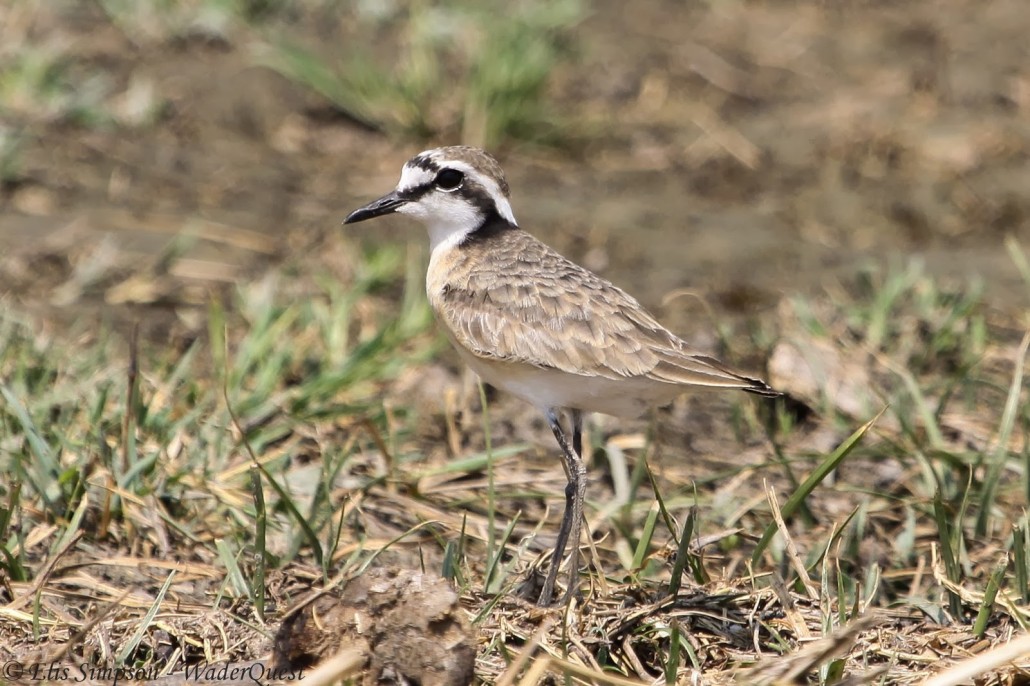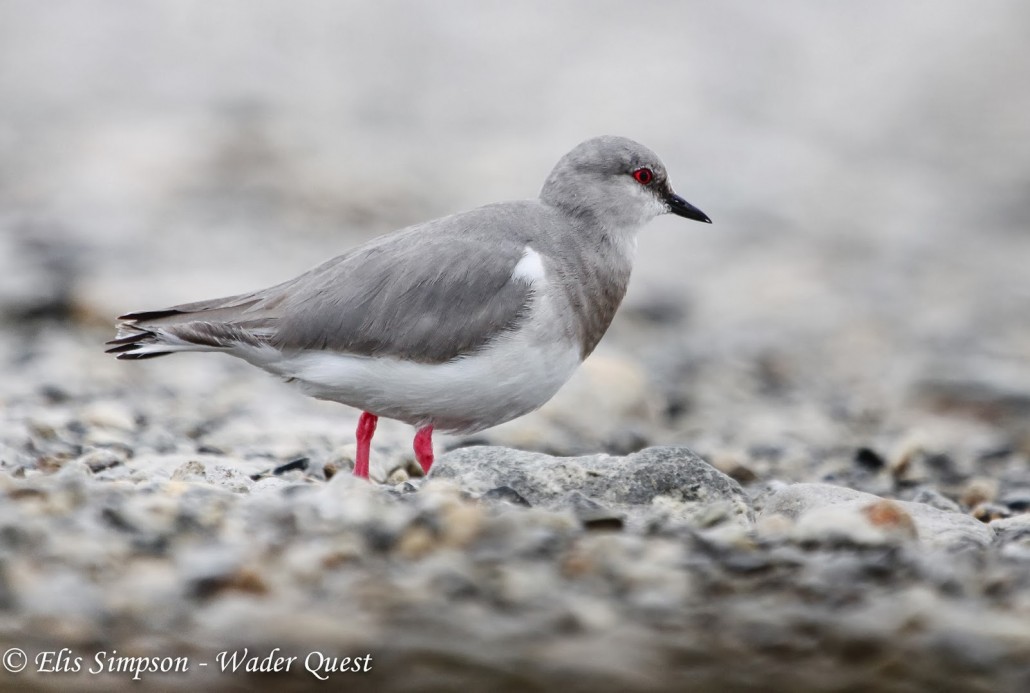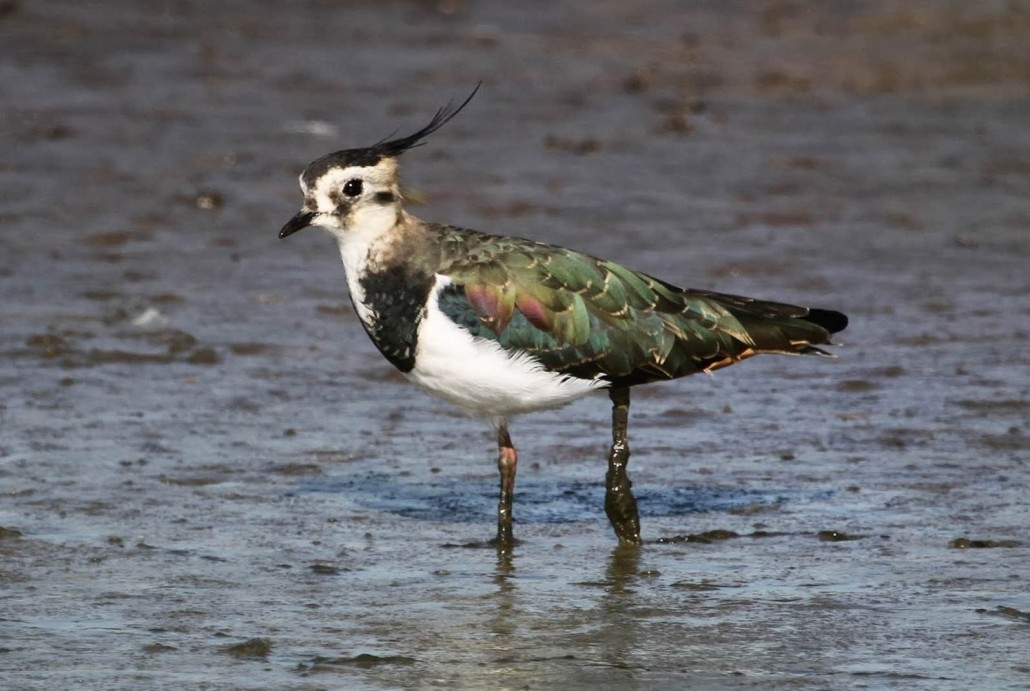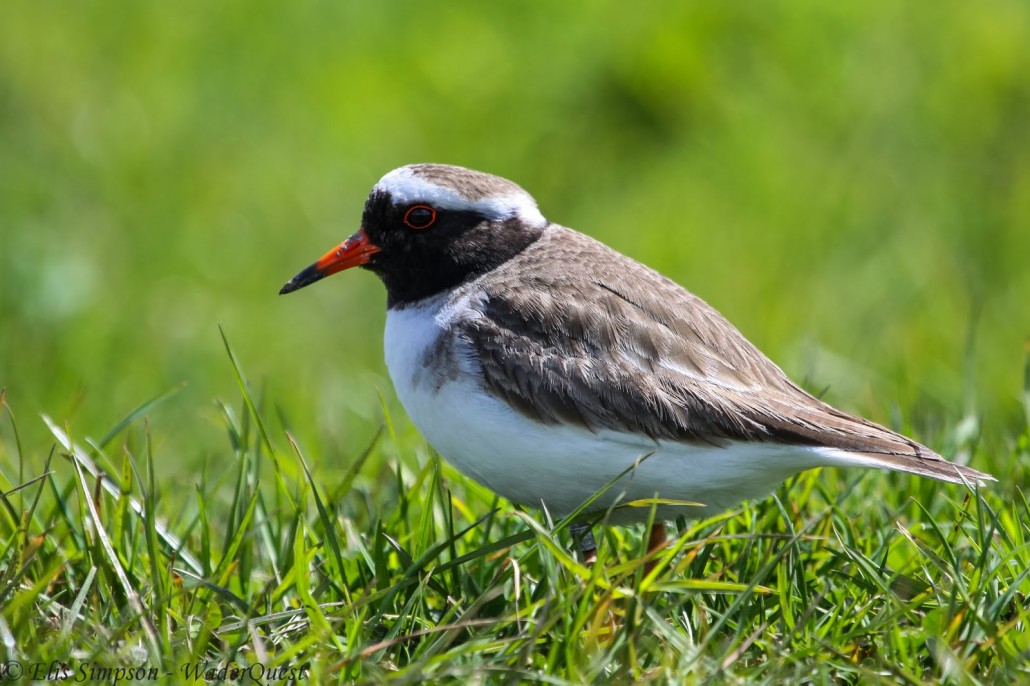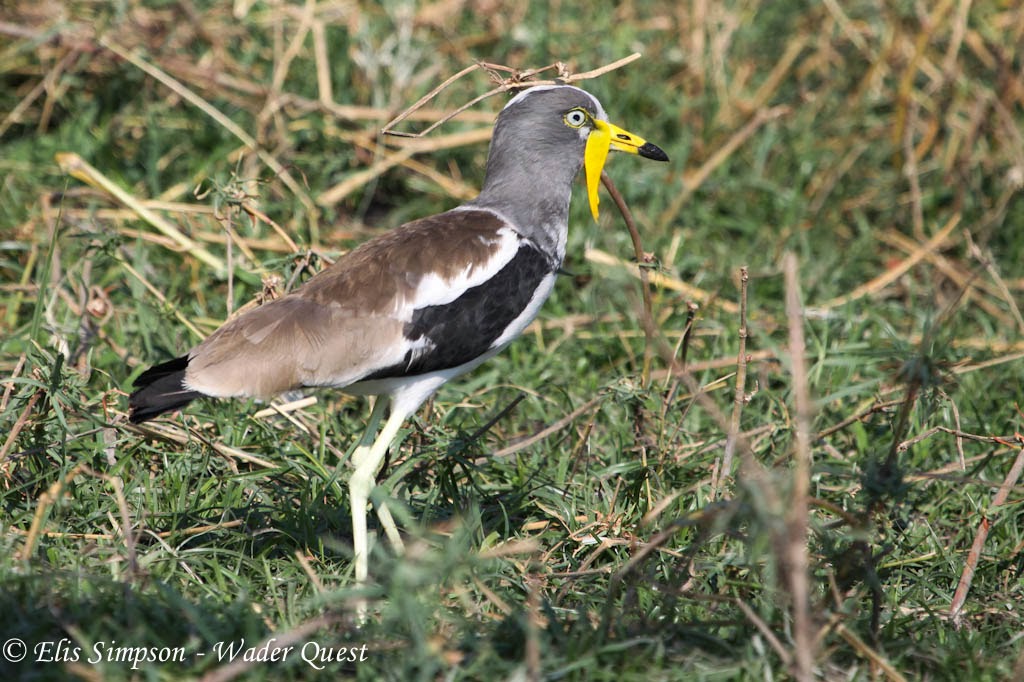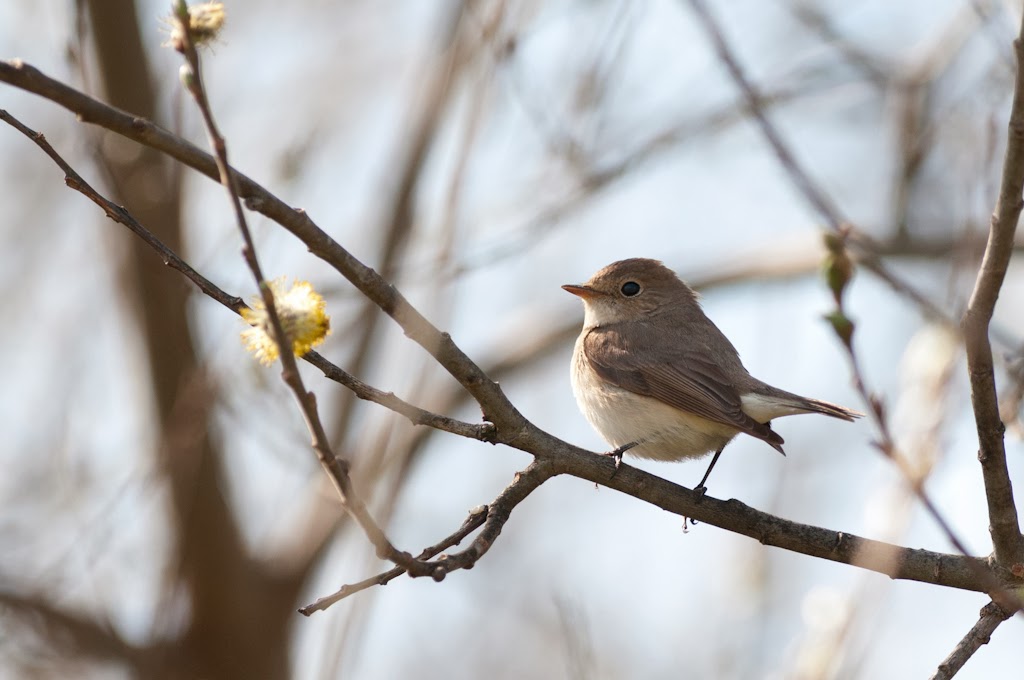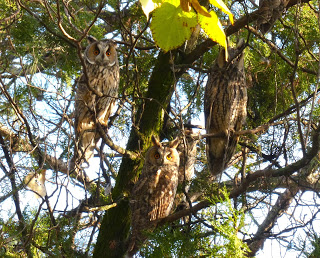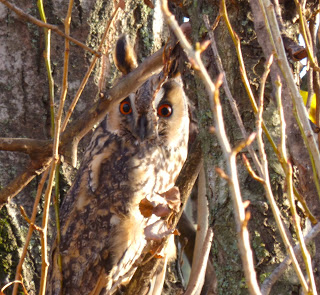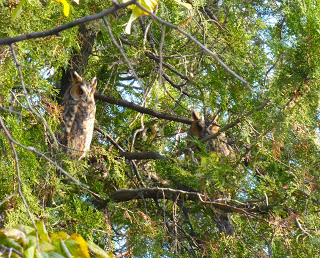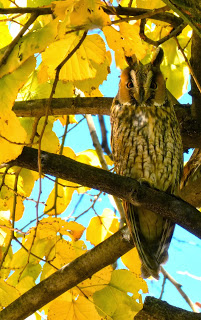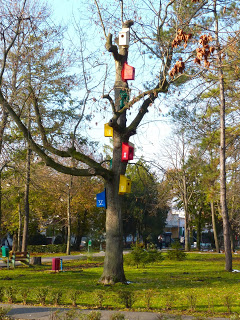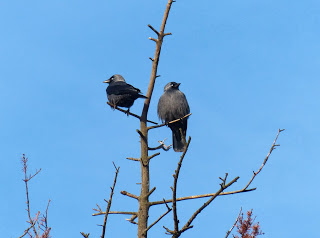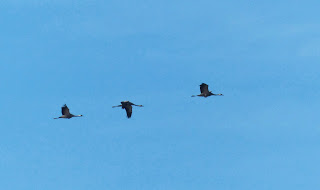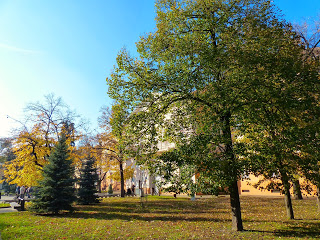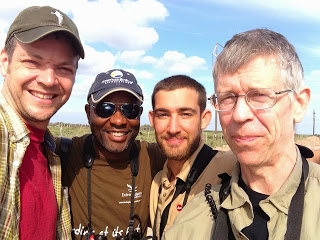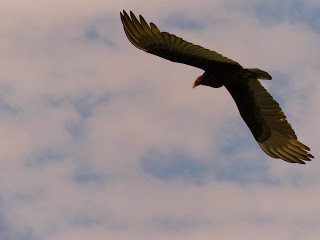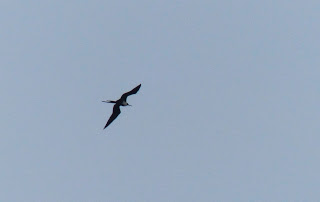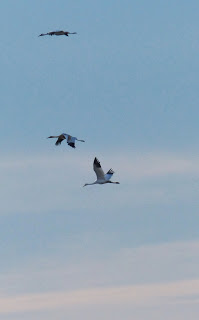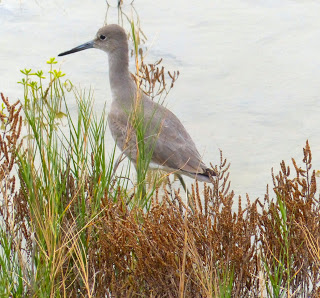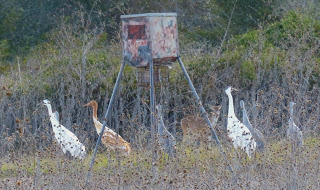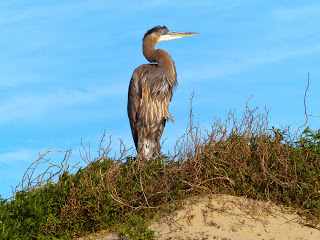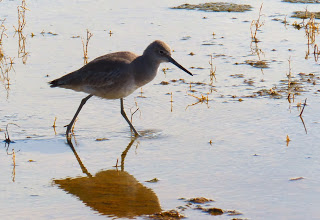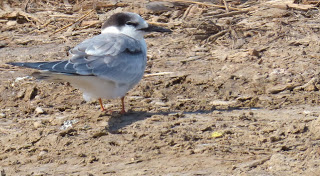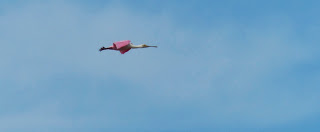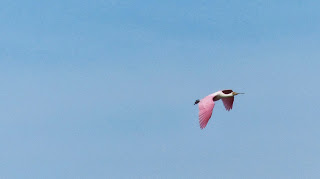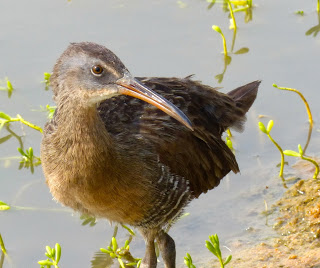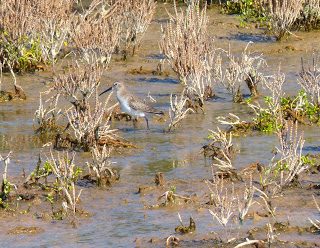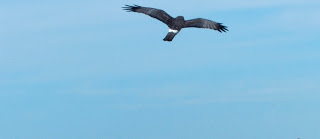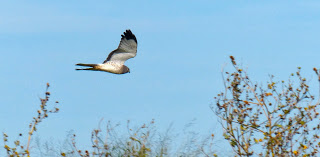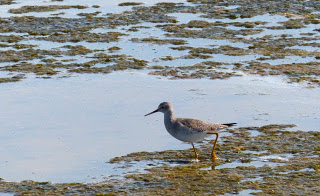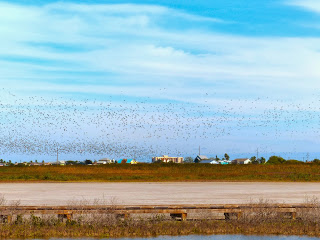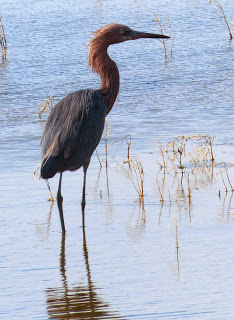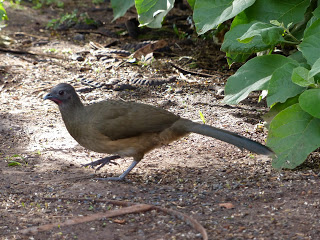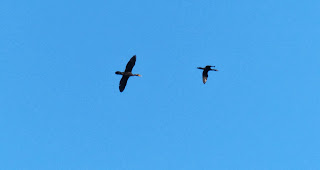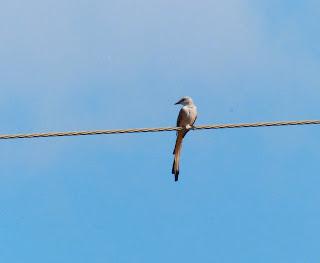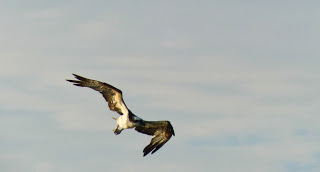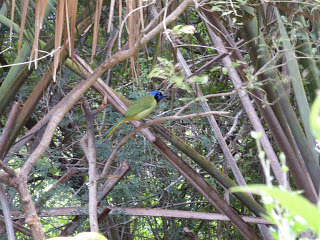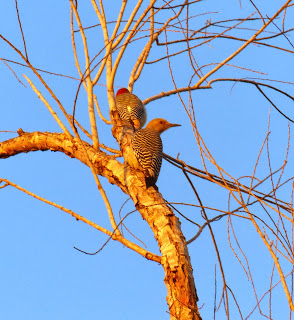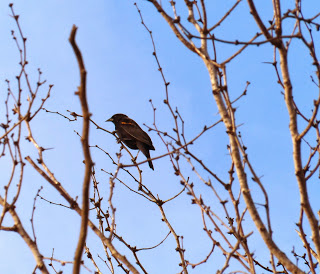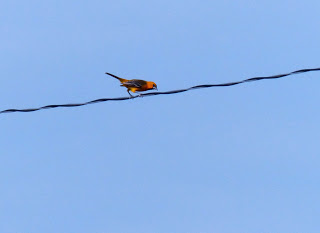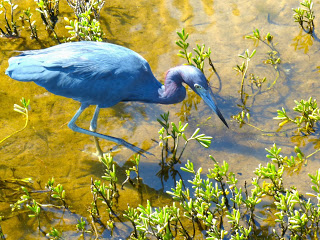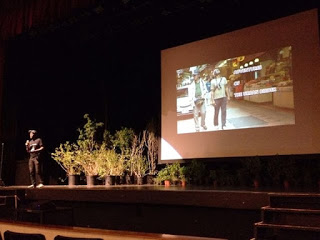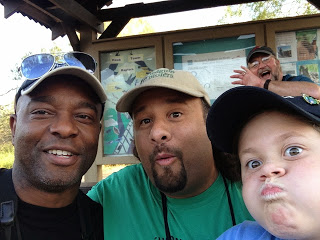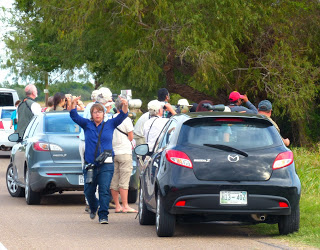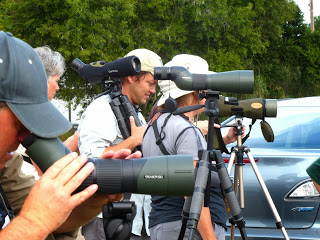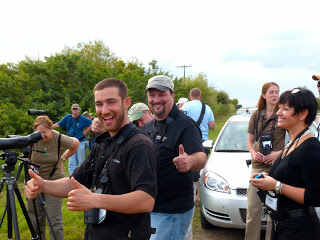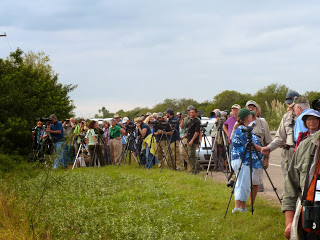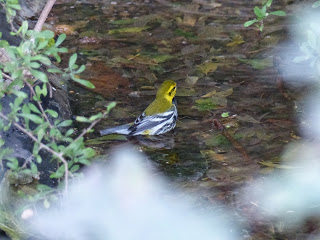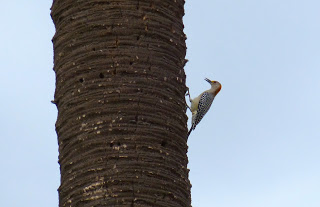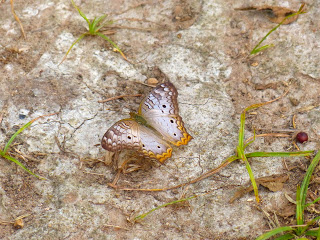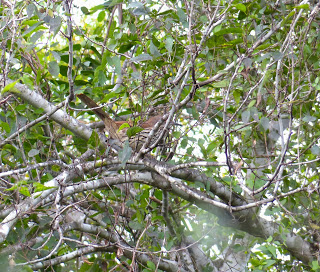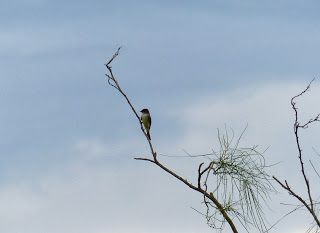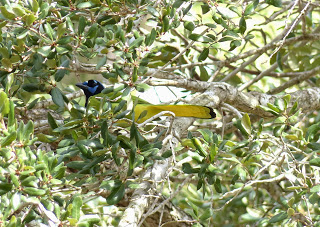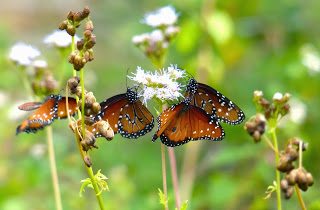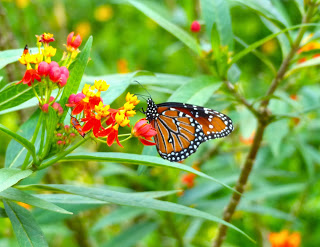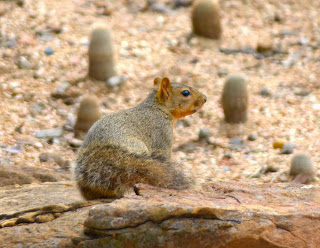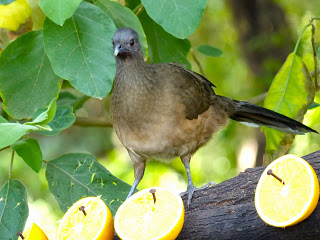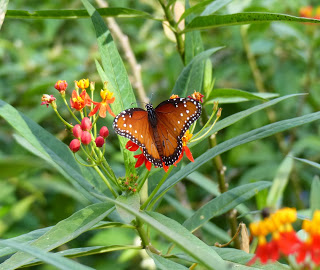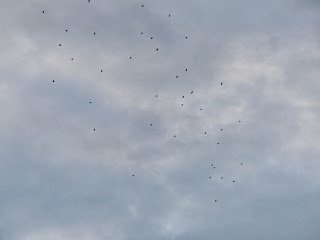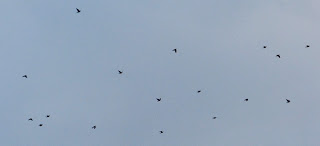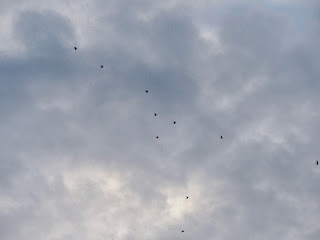Wader Quest – Guest Blog
and I go back a long way, all the way back to page 122 paragraph 2 in his entertaining book The Urban Birder where I am lovingly referred to as “… a birder in Cley…”. David and I have
maintained a strong, albeit sometimes distant, bond since that day. It was
David who gave me my first gig as a bird guide when he set up Capital Birding Tours many moons ago
giving me a good grounding for my later bird guiding escapades in Brazil and it
was he, while working at the BTO, who commissioned my first published artwork
for the cover of a BTO publication. In truth I see more of David on telly than
I do in person these days but this has not diminished our friendship one jot.
talk and run ideas past each other, most of his come to fruition and are
successful, most of mine… not so much, nevertheless, David always listens and
advises with friendly interest. When Elis and I had the idea for Wader Quest David’s reaction was ‘Go for it!” and that was all the
encouragement we needed. Turning a decent deposit for a house into a year of
travelling to raise funds for, and raise awareness about, the urgent need for
wader conservation was a big step, but greatly encouraged by friends, family and of course David, we embarked on our
ambitious project.
capacity with children and schools in Brazil promoting conservation and
preservation of the surrounding forests and I was doing some guiding. In 2012 we returned to the UK and found that
our desire to be making a difference was now well and truly rooted in us.
planned to raise funds for the Wildfowl and Wetlands Trust Spoon-billed Sandpiper
captive breeding programme, but as we learned more, travelled further and
encountered other desperate stories we felt that we should perhaps spread our
wings a little. In August this year we took up the cause of the Hooded Plovers
in Australia. BirdLife Australia (BLAus) lost its government funding so Wader Quest started to raise funds to
donate to them to help them to continue the excellent work they have been doing
with superb and very encouraging results; we continue to do so now.
travelled on the six inhabited continents since starting on November 1st 2012.
We started in the UK with a trip to Titchwell, and it was that journey on the
very first day, that made us already begin to think about the future direction
of Wader Quest. We travelled up to
Titchwell by car from Northampton, crossing ‘Fenland’ on the way. We had,
reasonably we thought, expected that our first wader species would be Northern
Lapwing, indeed we left after daybreak in order to maximise the chances of
seeing this bird during the journey, but we didn’t. We arrived at Titchwell with
a list of zero. Thirty years ago this would have been unthinkable. The decline
in Britain’s most common wader by 50% in those thirty years was a stark
reminder to us that wader conservation isn’t just about cute little birds with
funny bills in the far flung corners of Asia, it’s also about here and now in the
UK and every continent on earth. Waders of all kinds, from a variety of
habitats from Steppes to the intertidal zones are facing greater and greater
pressure put upon them by the demands of mankind.
travels to date we have seen 165 species of wader and not just the classic
sandpipers and plovers, but obscure things like seedsnipe, coursers and jacanas
that hardly look like waders at all. Among these birds there have obviously
been some favourites and some real stars.
species that reach star status include, rather inevitably, the Spoon-billed Sandpiper
that started this whole thing off, the Diademed Sandpiper-Plover that you
almost have to die to see at the top of the Andes, the Magellanic Plover at the
end of the world in Tierra del Fuego, the Sociable Plover that we bumped into
on its migration through the UAE, the aforementioned Hooded Plover of Australia,
its close relative the Shore Plover of New Zealand and the rarest wader in the
world, the Black Stilt, also of New Zealand.
birds are stars in part because of the plight they find themselves in, all are
rare (three Critically endangered, one endangered, two near threatened and one
vulnerable) and some of them with populations on the edge, only hanging on due
to conservation initiatives and management.
less threatened species also captured our imaginations during the trips,
perhaps for their appearance (White-crowned Lapwing) or their name (Kittlitz’s
Plover), or maybe their value as a British rarity (Long-toed Stint) or simply
the fact that it took two goes to see one (Andean Avocet). We had good days,
like the day we saw eight new species in Australia and bad days spent trudging
through horrendous weather to no avail; some good fortune like having a site
for the nomadic Burchell’s Courser in South Africa and some dips, we never did
catch up with Rufous Seedsnipe in Peru or Chile, but the thrill of being out
there searching for the birds never diminished. We received a lot of help from
local birders and researchers, including a map with ‘X marks the spot’ for
Mountain Plover in California, some provided up to date gen, others came out with
us to help us find the birds and in South Africa our road trip was privately
sponsored by friends.
travels we have given talks at eleven venues, the total number of people
reached is over seven-hundred helping to spread the word and raise awareness
among birders and non-birders alike .
approaching the end of the travelling phase of the project our thoughts have
turned to the future, what of Wader Quest
now? Are we simply going to put away our passports, pay up the money we have raised
for the WWT and BLAus and retire? Not a bit of it, we have the bit between the
teeth now and the plan is to develop Wader
Quest into a fundraising charity of some kind so that we can continue to
raise money. The intention is to move the emphasis to providing grants to small
wader conservation projects or to pay for specific items perhaps within a
larger one, such as fencing or signage etc.
thrilled when in South Africa a group of people, inspired by what we are doing,
set up Wader Quest South Africa,
then, following suit this January, Wader
Quest Brasil was born; we hope others are in the pipeline. Our ambition is that
one day the message about wader conservation will be more widely heard and that
it will become as high in profile as that of the conservation of the world’s
rainforests. We hope that in some small way we and our friends around the world,
in the name of Wader Quest, will have
been influential in making a change for the better increasing the chances of
survival for one of the most fascinating groups of birds on the planet, the
waders.

